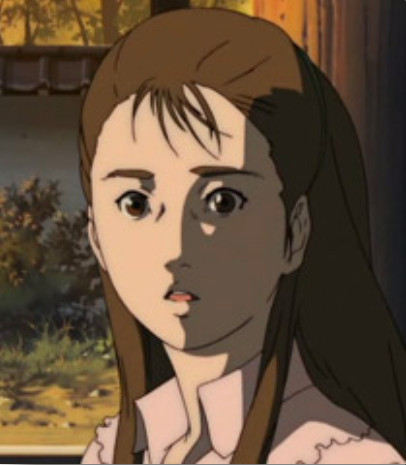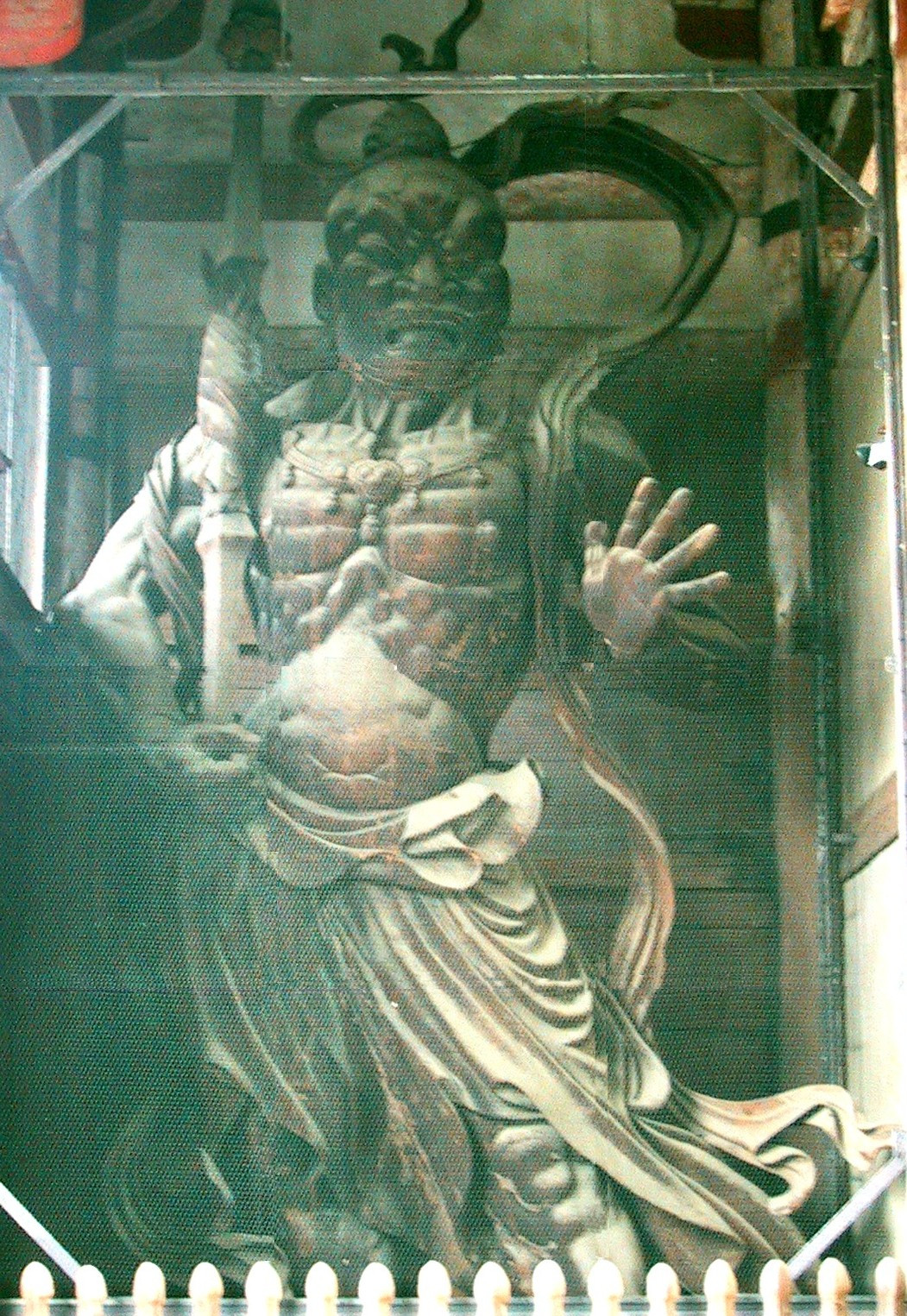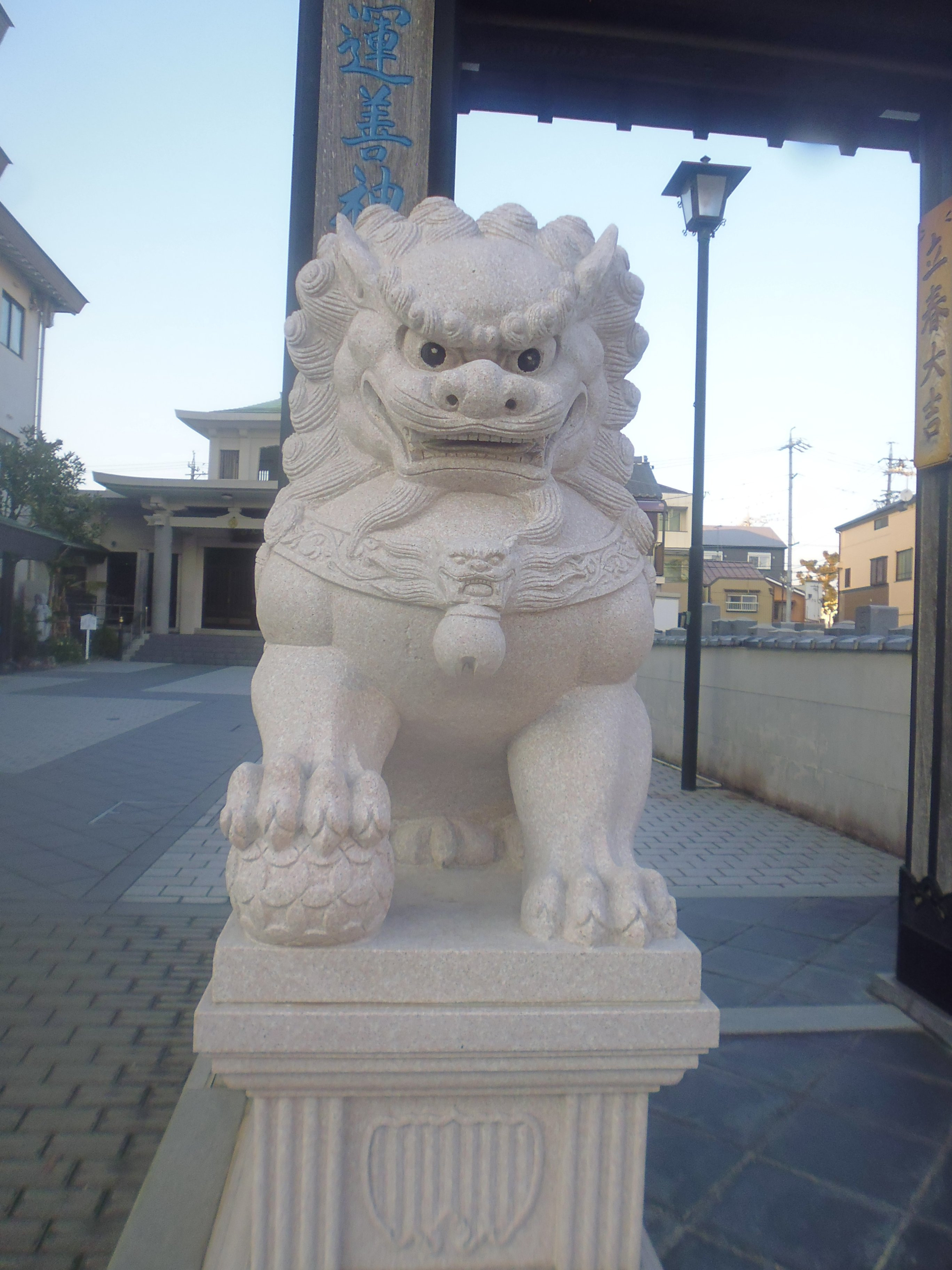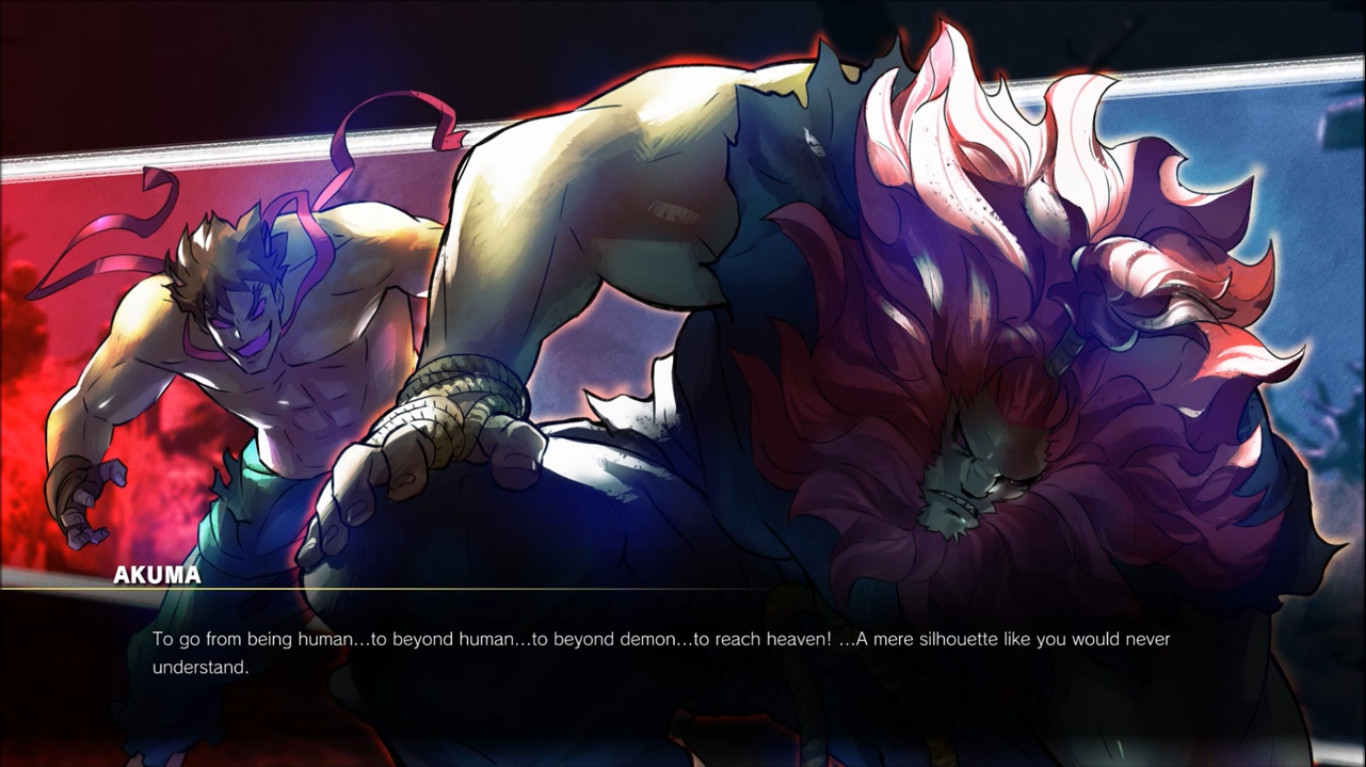For decades, a captivating theory has gripped the Street Fighter community: the notion that Akuma, the Master of the Fist, is the father of Ryu, the Eternal Wanderer. This idea, fueled by non-canonical adaptations like Street Fighter: Assassin’s Fist and Street Fighter Alpha: The Animation, has sparked fervent debates and divided fan bases. Capcom, the creators of Street Fighter, has remained notably silent on this paternal puzzle, leaving fans to piece together in-game clues and draw their own conclusions about the lineage of these iconic warriors.
The lack of definitive confirmation from Capcom has only intensified the speculation, transforming the Akuma-Ryu father theory into a persistent undercurrent within Street Fighter lore. Even if Capcom were to address it directly, the answer likely wouldn’t be straightforward, potentially raising even more intricate questions about Ryu’s origins and Akuma’s motivations.
So, how do we approach this enduring question: is Akuma truly Ryu’s father in the Street Fighter universe?
Previously, on streetsounds.net, we delved into Ryu’s parentage in “The Truth About Ryu’s Parents?” proposing a different origin story. That article explored the concept of Ryu as a revenant, a reincarnation of the Maiden of Matsue, drawing attention to the symbolic significance of Suzaku Castle and the Furinkazan symbols that manifest in Ryu’s Street Fighter II stage.
https://manestreet.home.blog/2019/07/12/the-truth-about-ryus-parents/
The argument presented was that in-game evidence suggests Ryu may not be Akuma’s biological son, as his existence may stem from a more mystical origin. Drawing a parallel to Toni Morrison’s Beloved, the revenant theory suggests Ryu simply came into being, rather than being born in the traditional sense. In a world populated by teleporting yoga masters, super-powered dictators, and practitioners of forbidden martial arts, the idea of a young man materializing into existence shouldn’t be entirely dismissed within the context of Street Fighter’s fantastical narrative.
However, for the sake of exploring the popular theory, let’s entertain the idea that Capcom might officially declare, “Akuma is Ryu’s dad.” The aforementioned Assassin’s Fist and Alpha anime already lean into this narrative, albeit outside of the official game canon. Without concrete in-game confirmation, we’re left to ponder the implications of a scenario where Akuma, the embodiment of demonic power, is indeed seeking a deadly confrontation with his alleged illegitimate son.
This raises a critical question: what exactly is the nature of their connection, and what drives Akuma’s potential pursuit of Ryu?
Let’s begin by considering Sayaka, the woman frequently speculated to be Ryu’s mother. Intriguingly, Sayaka has never made a canonical appearance within the Street Fighter games themselves.

Speculative depiction of Sayaka, niece of Goutetsu and rumored mother of Ryu in Street Fighter lore.
As detailed on Fandom, Sayaka is established as the niece of Goutetsu, the very master Akuma tragically defeated with the forbidden Shun Goku Satsu. Sayaka played a nurturing role for both Akuma and Gouken during their training under Goutetsu, eventually developing a romantic connection with Akuma. Initially, Akuma seemed to reciprocate Sayaka’s affections, and they reportedly became secret lovers. However, Akuma’s deepening immersion in the Satsui no Hado, the Surge of Murderous Intent, led him to sever all worldly attachments, including his relationship with Sayaka, and his ties to both Goutetsu and Gouken. Before his definitive departure, Akuma is said to have consummated his relationship with Sayaka, and legend suggests she subsequently gave birth to a child – widely speculated to be Ryu.
Should Capcom decide to canonize this narrative, it would provide answers to several questions surrounding Ryu’s heritage and the trajectory of his story. Interestingly, it wouldn’t necessarily contradict the “Ryu is the Maiden of Matsue” theory. Instead, it could serve as a potential explanation for Ryu’s physical birth, suggesting he was born as a male child but destined to be reincarnated with a female soul.
However, integrating the Akuma-father theory presents certain challenges to other existing interpretations of Street Fighter lore. For example, it could potentially undermine the idea that the Satsui no Hado originates from a conflict related to sexuality. If Akuma fathered Ryu with Sayaka, it would imply a heterosexual relationship, seemingly contradicting the theory of the Satsui no Hado arising from suppressed or conflicted sexuality. Similarly, the concept that Ryu possesses the Satsui no Hado due to a female soul in a male body could be challenged, as it could be argued that Ryu’s exposure to the Satsui no Hado is simply a hereditary trait inherited from Akuma.
Despite these potential conflicts, the idea of Ryu being Akuma’s son remains a compelling narrative thread. While the author personally prefers alternative interpretations, the ownership of the Street Fighter intellectual property ultimately rests with Capcom. Therefore, understanding Akuma’s motivations becomes crucial in deciphering why he might pursue a confrontation, possibly to the death, with someone theorized to be his own son.
To understand Akuma’s true purpose, we need to examine his character design and symbolic roots. Akuma’s visual representation draws heavily from Nio statues, commonly found guarding Buddhist temples in Japan.

Unkei’s Nio guardian statues in Nara, Japan, showcasing the visual inspiration for Akuma’s design in Street Fighter.
As Wikipedia explains, Nio statues are “dharmapala manifestations of the bodhisattva VajrapÄṇi, the oldest and most powerful of the Mahayana Buddhist pantheon. According to Japanese tradition, they travelled with Gautama Buddha to protect him… Within the generally pacifist tradition of Buddhism, stories of dharmapalas justified the use of physical force to protect cherished values and beliefs against evil.” This guardian symbolism is further reinforced in Akuma’s Street Fighter V design, where he sports a lion’s mane hairstyle reminiscent of komainu, the guardian lion-dog statues that traditionally flank the entrances of Shinto shrines.
https://en.wikipedia.org/wiki/Nio

Komainu guardian statue at Saikouji Temple in Toyohashi, Japan, highlighting the lion-dog imagery incorporated into Akuma’s Street Fighter V design.
In Street Fighter III: Second Impact, in-game dialogue from Ibuki and Yun further solidifies this guardian archetype. Ibuki directly compares Akuma to a “Chinese guardian dog,” while Yun notes his resemblance to temple statues.
Ibuki: “Hm. I think I saw you somewhere before… Ah, a Chinese guardian dog!”
Yun: “I’ve seen a statue of you somewhere… in a temple?”
This in-game evidence confirms Akuma’s design is intentionally rooted in guardian imagery. However, the crucial point is that these statues are protectors, not destroyers. Akuma, in his actions and motivations, embodies the antithesis of this guardian role. He represents a fallen guardian, one who has deviated from his intended purpose and embraced destruction. This concept is strikingly similar to the story of Satan, the fallen angel.
Just as Satan sought to usurp God and was cast out of Heaven, Akuma, whose very name translates to “devil,” strives for power that defies celestial order. His Japanese name, “Gouki,” carries a similar connotation, meaning “great demon.” Akuma’s narrative echoes biblical allegories: he murders his master Goutetsu, a rejection of authority, and attacks his brother Gouken, mirroring the Cain and Abel narrative. However, Akuma’s ultimate ambition appears to be a twisted form of redemption – a desire to reclaim a perceived lost grace, to force his way back into “Heaven” on his own terms. A scene in Street Fighter V vividly illustrates this ambition.

Akuma confronting Kage in Street Fighter V, highlighting Akuma’s pursuit of godhood through the Satsui no Hado.
Akuma genuinely believes that mastering the Satsui no Hado will elevate him to godhood, but he must maintain control over his destructive urges to achieve this twisted ascension. He seeks to enter “Heaven,” but not through humility or repentance, but through raw power and dominance.
So, how does this connect to Ryu and the father theory? The link lies in the concept of the “Sins of the Father.” As Wikipedia defines it, this concept “derives from biblical references primarily in the books Exodus, Deuteronomy, and Numbers to the sins or iniquities of one generation passing to another.” It often manifests as children bearing the burden of their parents’ transgressions, facing societal ostracization for the actions of their progenitors.
https://en.wikipedia.org/wiki/Sins_of_the_Father
Akuma’s potential relationship with Ryu could be a dark twist on this concept. He might seek to be defeated by Ryu, specifically through the Satsui no Hado, believing that by doing so, he can transfer his own sins onto his son. In this twisted logic, Ryu would then bear the burden of Akuma’s sins, and through Ryu’s atonement, Akuma could be purged of his own darkness and gain entry into his warped vision of “Heaven.”
“That makes no sense,” one might argue. “Wouldn’t Akuma simply descend into Hell?” Perhaps, but Akuma’s self-perception is clearly detached from conventional morality. With the Shun Goku Satsu, he seemingly possesses the power to condemn others to Hell, but he likely views himself as dispensing justice, eliminating those he deems “unworthy.” In Akuma’s distorted worldview, Hell is reserved for the weak, and strength, particularly the strength of the Satsui no Hado, is the true path to “Heaven.”
Finally, we must address the initial guardian symbolism. Was Akuma originally intended to protect someone? In “The Goddess of Street Fighter,” the theory was proposed that Chun-Li, not Ryu, might have been Akuma’s intended charge in a celestial hierarchy.
https://manestreet.home.blog/2019/06/11/the-goddess-of-street-fighter/
Furthermore, the article suggested that Gen might be the Black Turtle, one of the Four Divine Beasts traditionally associated with Chun-Li’s protection. If Akuma was indeed meant to be a guardian figure, this role might have been originally intended for Chun-Li, not Ryu. Akuma’s rejection of his guardian destiny, his embrace of the Satsui no Hado, could have created a void that Gen ultimately filled.
Of course, rejecting a woman and a designated path is not an unfamiliar theme in Akuma’s narrative, further complicating and enriching the enduring mystery of his connection to Ryu and his place within the Street Fighter universe.

